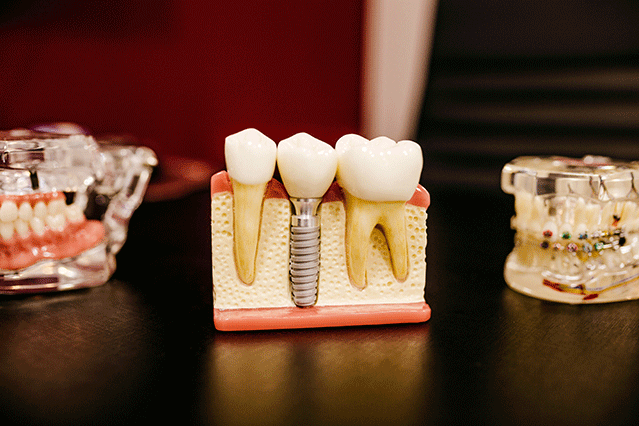
Have you ever been curious about the history of dental implants across the ages? Join us as we delve into the annals of dentistry, unraveling the story of dental implants throughout the ages.
Dental Implant History Timeline
Ancient Origins
Our tale begins in the distant past, where we find evidence of early attempts at dental restoration. Ancient civilizations like the Egyptians, Mayans and Etruscans used various materials, including seashells, animal teeth and carved stones to replace missing teeth. These early pioneers laid the foundation for future advancements in dental implants.
The Advent of Modern Dental Implants
Fast forward to the 18th century, and we encounter the French surgeon, Pierre Fauchard, hailed as the father of modern dentistry. Fauchard introduced the concept of “implantation,” suggested the use of metal rods for early modern implants and positioned himself as a trailblazer in the field. However, due to limited technological resources, his ideas remained largely theoretical.
The Discovery of Osseointegration
In the mid-20th century, Swedish orthopedic surgeon Dr. Per-Ingvar Brånemark, stumbled upon a groundbreaking phenomenon called osseointegration. While conducting research on blood flow in rabbit bone, he noticed titanium’s remarkable ability to fuse with bone tissue. This chance observation marked a turning point in dental implant history and laid the groundwork for modern implantology.
Advancements in Modern Implantology
The latter half of the 20th century witnessed remarkable strides in dental implant technology. Innovators like Dr. Leonard Linkow and Dr. Stefan Ihde introduced improved techniques and materials, including subperiosteal and blade implants. These advancements set the stage for the widespread acceptance and adoption of dental implants as a viable tooth replacement option.
The Birth of CBCT Technology
As we entered the 21st century, Cone Beam Computed Tomography (CBCT) emerged as a game-changer in dental imaging and dental implant treatment. This cutting-edge technology allows for three-dimensional visualization of oral structures, enabling dentists to accurately assess bone density, plan implant placement and diagnose various dental conditions with unprecedented precision. A new era had dawned in dental implant history, and it continues to shine brightly today.
Current Trends and Future Prospects
Today, dental implants are recognized as the top-notch standard for replacing missing teeth. Implantology has witnessed tremendous advancements in materials, designs and techniques, leading to increased success rates and shorter treatment timelines. Digital workflows, guided implant surgery and the continued integration of CBCT technology have further elevated the standard of care, providing dentists and dental specialists with invaluable tools for optimal patient outcomes. In fact, in a recent study conducted by PreXion, 92% of your peers indicated they were highly likely or likely to invest in CBCT technology in order to simplify the diagnostic method used and enable faster practice workflow.
From humble beginnings to modern marvels, dental implants have evolved significantly, revolutionizing the field of dentistry and restoring countless smiles along the way. The journey continues, and we are honored to accompany you on this transformative path.

